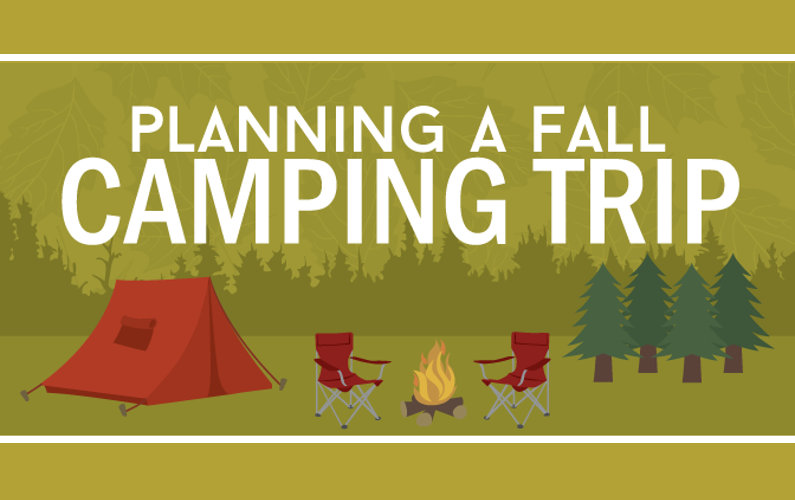Zipper Vs Tie Back Doors Which Is Best
Wintertime Outdoor Camping - Person Line Anchors in SnowWinter outdoor camping is a fun and daring experience, however it requires correct gear to guarantee you stay cozy. You'll need a close-fitting base layer to catch your temperature, in addition to an insulating coat and a water resistant shell.
You'll also require snow risks (or deadman supports) hidden in the snow. These can be connected making use of Bob's clever knot or a routine taut-line hitch.
Pitch Your Outdoor tents
Wintertime outdoor camping can be an enjoyable and daring experience. Nevertheless, it is very important to have the appropriate equipment and know just how to pitch your tent in snow. This will certainly stop cool injuries like frostbite and hypothermia. It is also crucial to consume well and stay hydrated.
When setting up camp, ensure to select a website that is sheltered from the wind and free of avalanche danger. It is additionally a great concept to load down the area around your camping tent, as this will help reduce sinking from temperature.
Prior to you established your tent, dig pits with the same size as each of the anchor points (groundsheet rings and person lines) in the facility of the outdoor tents. Load these pits with sand, rocks or even stuff sacks filled with snow to small and protect the ground. You may also wish to think about a dead-man support, which includes connecting outdoor tents lines to sticks of timber that are hidden in the snow.
Load Down the Location Around Your Outdoor tents
Although not a need in the majority of areas, snow risks (also called deadman anchors) are an outstanding enhancement to your camping tent pitching set when outdoor camping in deep or pressed snow. They are generally sticks that are created to be hidden in the snow, where they will certainly ice up and produce a solid anchor point. For finest results, use a clover hitch knot on the top of the stick and hide it in a couple of inches of snow or sand.
Establish Your Camping tent
If you're camping in snow, it is a great idea to use a tent designed for winter backpacking. 3-season outdoors tents function great if you are making camp below timberline and not expecting especially rough climate, yet 4-season camping tents have stronger poles and textiles and use even more protection from wind and hefty snowfall.
Be sure to bring appropriate insulation for your resting bag and a warm, completely dry inflatable mat to sleep on. Blow up floor coverings are much warmer than foam and assistance stop cold areas in your outdoor tents. You can also add an additional floor covering for sitting or cooking.
It's additionally a good idea to establish your outdoor tents close to a natural wind block, such as a team of trees. This will certainly make your camp much more comfy. If you can not find a windbreak, you can create your own by excavating openings and burying items, such as rocks, camping tent risks, or "dead man" anchors (old tent person lines) breathable fabric with a shovel.
Restrain Your Outdoor tents
Snow stakes aren't required if you utilize the appropriate methods to secure your outdoor tents. Buried sticks (maybe accumulated on your method hike) and ski posts work well, as does some variation of a "deadman" buried in the snow. (The concept is to produce an anchor that is so solid you won't have the ability to pull it up, even with a great deal of effort.) Some suppliers make specialized dead-man anchors, yet I like the simplicity of a taut-line drawback tied to a stick and afterwards buried in the snow.
Be aware of the surface around your camp, especially if there is avalanche threat. A branch that falls on your tent can damage it or, at worst, wound you. Likewise watch out for pitching your camping tent on an incline, which can trap wind and bring about collapse. A sheltered location with a low ridge or hillside is better than a high gully.
